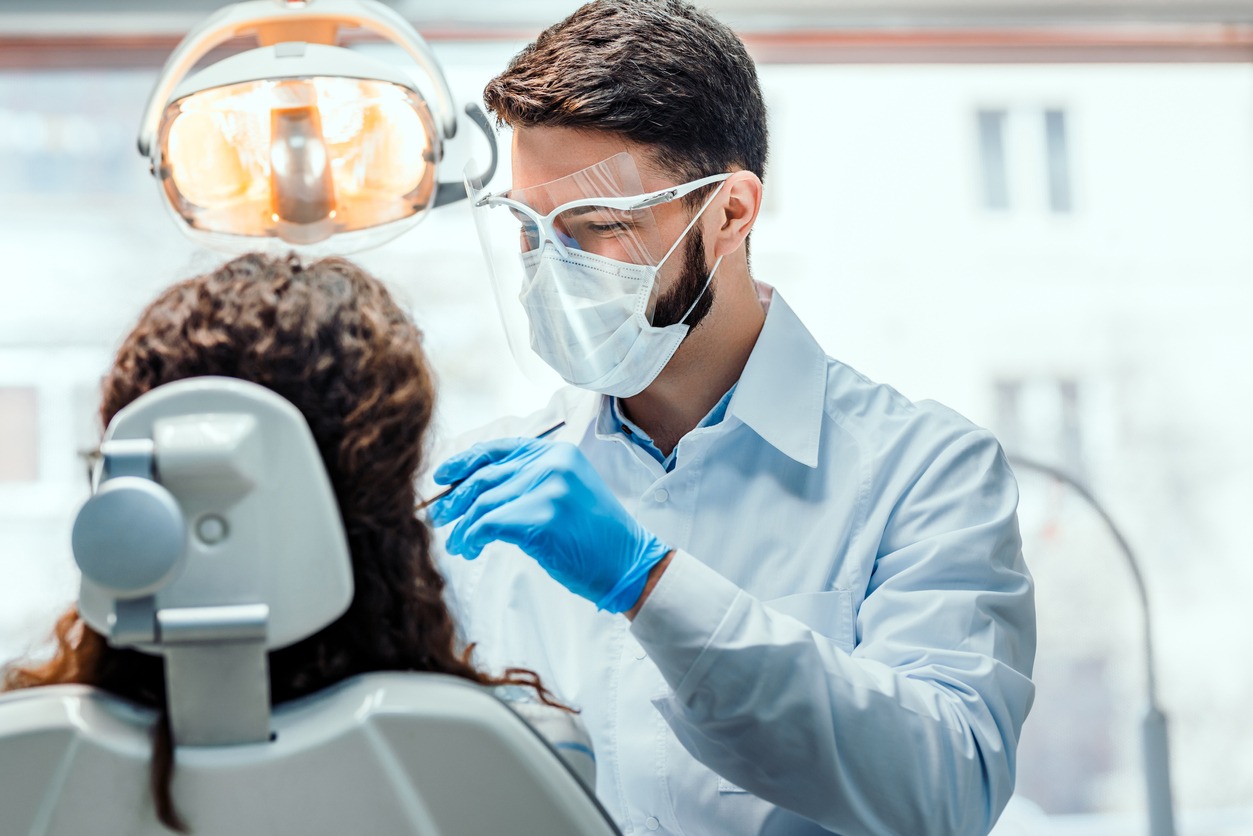Seeing your dentist twice yearly is critical for your best oral health. But another type of oral healthcare provider you may need to see is an orthodontist (DO). These two dental experts provide different services but work together to achieve your smile goals. It is important to understand the differences between orthodontists and dentists, so you know who to visit when you need specific types of treatment.
Training that Dentists and Orthodontists Receive
The training dentists and orthodontists receive starts the same, through dental school. But after graduating from dental school, orthodontists take on additional training. Dentists, on the other hand, are free to pursue their license and start practicing after receiving it.
Orthodontics is a specialty in the realm of dentistry. Only about five percent of dentists go on to pursue orthodontic care after dental school graduation. If they decide to pursue the specialization of a DO, they will spend their career managing, guiding and correcting the growth or maturation of oral structures. They also provide their patients with diagnoses, preventive care and treatment for oral abnormalities.
What Dentists Do
Dentists treat their patients’ oral health by providing checkups in which they look for signs of dental problems and provide preventive care. They treat tooth decay and gum disease, as well as other conditions caused by plaque and bacteria. They also consult with patients to help them perform at-home oral hygiene better and to prevent problems from occurring.
Dentists can extract teeth that cannot be restored. They also improve how teeth look and function through use of a variety of restorations, such as bonding, crowns, fillings and veneers. They use these materials to fix broken, misshapen, chipped or decayed teeth. If your dentist finds issues they are not qualified to treat, they refer you to a specialist, such as a medical doctor, oral surgeon, periodontist or DO.
What Orthodontists Do
Orthodontists move teeth and align the jaws to correct teeth crowding, crooked teeth, gaps between teeth and other misalignment. To achieve these goals they use a range of tools and devices, such as traditional metal braces, retainers, palatal expanders, lingual braces and clear aligner trays. Each patient experiences unique alignment problems. This is why orthodontists must use X-rays, digital imaging and other photography to develop individual treatment plans to suit patient goals.
Do I need to see a dentist or a DO?
Dentists and orthodontists sometimes provide some of the same services. Some dentists are able to provide some orthodontic treatment, such as braces or clear aligner trays. Otherwise, these oral healthcare providers often work together through referrals on an as-needed basis. Orthodontists see both young and old patients. They treat children and adults, according to each individual’s specific needs or smile goals.
The first oral health professional a child should see is a dentist, starting at about one year of age or within six months of the child’s first tooth. The dentist can recommend seeing an orthodontic specialist for early intervention, when needed. Otherwise most kids first see an orthodontist between the ages of 8 and 12 years old.
If you experience tooth pain or think you have a cavity, you need to see your dentist. If you wear braces or another orthodontic appliance and have been under the care of an orthodontic specialist, you need to see this professional for ongoing treatment. You also see your orthodontic specialist if you break your appliance or need adjustments.
You may only see an orthodontist for a limited period of time in your life, such as while you wear braces or another oral appliance. But you need a dentist throughout your lifetime, from age six to 12 months, through old age. If you do not know whether you need a dentist or an orthodontic specialist, see your dentist first. If you need a DO’s care, your dentist can provide a referral.

